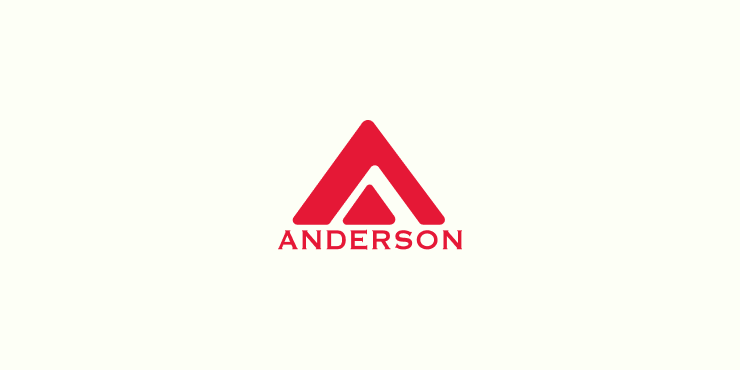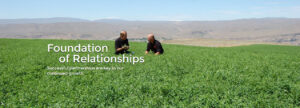Determining Moisture in Feeds is as easy as Using a Microwave

Did you know that you can determine the moisture content of your animal feeds with a microwave? It’s true, and is in fact, quite easy to do. But, why is it important to know how much moisture a feed component contains? To put it simply – moisture essentially dilutes nutrients in a feedstuff. The amount of water, or moisture, in a feed contributes to its weight, but does not provide any nutrients. When moisture is removed, dry matter remains. The dry matter contains the nutrients that an animal needs for maintenance, growth, pregnancy, and lactation. Cows and horses must be fed diets that are balanced to meet their nutritional requirements and diets must be balanced on a dry matter basis.
Moisture contents vary widely by type of feed. Fresh pasture grass contains a lot more moisture than hay. Conceivably, a horse or cow would have to eat a lot more pasture grass than hay to meet its nutrient requirements. Moisture content of feeds can also be affected by timing and method of harvest.Environmental conditions, such as humidity and precipitation, as well as storage conditions, all affect moisture content. If you suspect that the moisture content of your hay or other feeds has changed, you should check it and rebalance diets if it has changed precipitously.
Forced-air ovens are commonly used to determine moisture composition in feeds. But, most farms or ranches probably don’t have access to this type of equipment. And, it takes at least 16 hours to get results using this method. However, microwave ovens are commonplace and can be used to determine moisture in feeds. Microwaves are simple to use, provide a rapid means of drying, and work for virtually any feed ingredient. However, you must be very careful to monitor the drying process in order to prevent charring and burning. Charring alters nutrients in feed and therefore, samples that have been damaged during drying should not be submitted to testing laboratories for analysis.
To determine moisture content with a microwave, you will need the following items:
- Microwave, preferably with a turn table, 600 watts is best, ovens with higher wattage can be used, but will require careful vigilance during heating
- Gram scale
- Feed(s) to be tested: if long-stem hay, cut with scissors to approximately 6 inches in length or less
- Paper plate or other microwave-safe container
- Calculator
Procedure:
- Weigh empty paper plate and record weight.
- Add feed sample to the plate (approximately 100 grams will fit on a paper plate).
- Weigh and record the weight of paper plate plus feed sample.
- Place the plate and feed sample in the microwave oven.
- Heat on medium-high for about a minute. Watch the progress to make sure that the feed sample or the paper plate does not ignite. If there is any burning, you will have to start over.
- Continue in 1 minute increments until the weight does not change appreciably. Be patient and slowly heat to avoid burning.
- It may take 15 minutes or more to completely dry silages or haylages.
- Hays, grains, or pelleted diets will take just a few minutes to dry completely.
- Check the sample temperature by placing a finger in the middle of the sample. If it is exceedingly hot, allow the sample to cool for a little while before proceeding with an additional heat cycle.
- When the sample is dry, remove it from the oven and record the weight of the sample + paper plate.
- Calculate the dry matter content using the following equation:

We’d love to hear from you! Please take a moment to click the survey button below and provide some feedback.
If you would like to have this blog from Anderson Hay emailed directly to you, subscribe above on the right.


